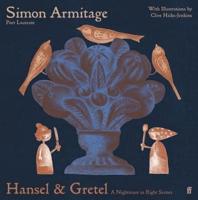Publisher's Synopsis
John Lucas Tupper was born at some point between 1823 and 1824, there are no more precise details recorded. The family business was that of printers and stationers. His father, George Frederic Tupper, who was trained as a lithographic draftsman, owned his own firm, and his two older sons, George and Alexander, worked there. Tupper's brother undertook the first printing of The Germ (The Pre-Raphaelite magazine) and, subsequently, its publication (largely, one suspects, to provide their brother with a means of publishing his writings.) Tupper was a student at the Royal Academy and supported himself with his work at Guy's Hospital between 1849 and 1863, initially as an anatomical draftsman. He attempted a career as a sculptor and showed eleven portrait medallions at the annual Royal Academy Exhibitions between 1854 and 1868, and received a commission for his most important sculpture, the "Linnaeus," in 1856. In 1863 Tupper left Guy's Hospital to become a drawing teacher at the University of London. From 1865 until his death, he served as drawing master for geometrical or scientific drawing at Rugby, which ensured the financial security for him to pursue his artistic endeavours. While at Rugby he wrote The True Story of Mrs Stowe (about Byron), and Hiatus, or the Void in Modern Education under the name "Outis," meaning "no man." In 1871 he published an article on Woolner in the Portfolio. He married Annie Amelia French and they had two children, one of whom, Holman, he named after his friend William Holman Hunt, who was his son's godfather. Whilst Tupper was not a major figure in the Pre-Raphaelites, he was certainly influential and his poetry was admired by many. Tupper was the only member of the Pre-Raphaelite circle with interests in both art and science and in the course of his career he published poetry, art criticism, book reviews, and a treatise on art education. After a period of ill health John Lucas Tupper died on 29th September 1879.









